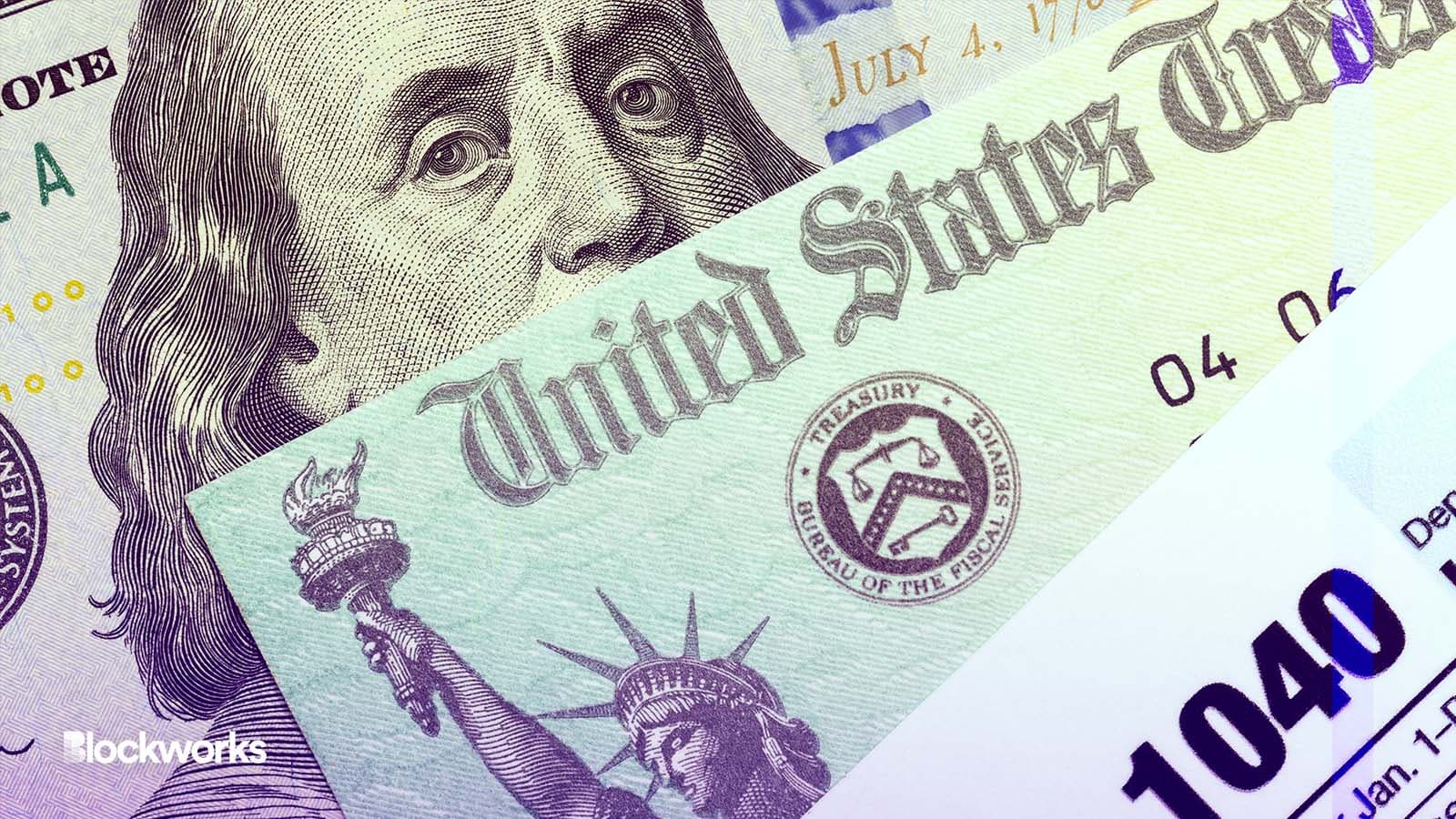Crypto Investors Have 4 More Days To Put Their Losses To Good Use
Tax loss harvesting can give traders the opportunity to offset up to $3,000 of ordinary income this year or in the future

Mega Pixel/Shutterstock.com modified by Blockworks
Crypto traders who lost money this year have four more days to realize their losses and take advantage of taxes.
The deadline for tax loss harvesting — when an investor sells an underperforming asset to reduce taxable capital gains — is New Year’s Eve. It is best to sell toward the end of the year, TokenTax accountant Andrew Perlin said, because traders can better approximate total gains.
When used to its full potential, tax loss harvesting can give traders the opportunity to offset ordinary income this year or in the future.
“If your capital losses for the year exceed your capital gains, you can use up to $3,000 of losses per year ($1,500 if you are married and filing separately) to offset regular income after reducing investment gain,” Perlin noted in a recent blog post.
Tax loss harvesting postpones tax obligations — it does not cancel any tax obligations. The idea for traders is that through tax-loss harvesting, investors can put more money into growing their portfolios, Perlin said.
“This is how the logic works: By the time you pay the taxes you postponed through tax-loss harvesting, your portfolio would theoretically have generated significantly more than the tax amount you owe. In this scenario, you would end up with a higher dollar amount in the long run,” Perlin added.
Because most tax loss harvesting occurs in November and December, investors should keep an eye on the most popular stocks and commodities for tax-loss selling because they are often the ones to see the highest gains the following year.
Selling an asset at a loss to lock in a tax benefit and then re-purchasing the same asset within 30 days, known as wash trading, is prohibited in the US.
Read more: It’s Never Too Early To Get Your Crypto Taxes in Order
With crypto, just like with stocks and property, investors can carry forward capital losses to deduct from future capital gains, meaning that traders can still benefit even if they do not have capital gains to offset that same year. There is no expiration date on losses that can be carried forward to offset future gains or income.
NFT traders can also look into tax loss harvesting, Perlin noted, but given the complexity of appraising the assets, the process is more complicated.
“In theory, you can tax-loss harvest NFTs just like you would a fungible token,” he said. “However, the process can come with extra challenges, such as difficulty estimating fair market values or struggling to realize a loss on a worthless asset.”
Get the news in your inbox. Explore Blockworks newsletters:
- The Breakdown: Decoding crypto and the markets. Daily.
- 0xResearch: Alpha in your inbox. Think like an analyst.






